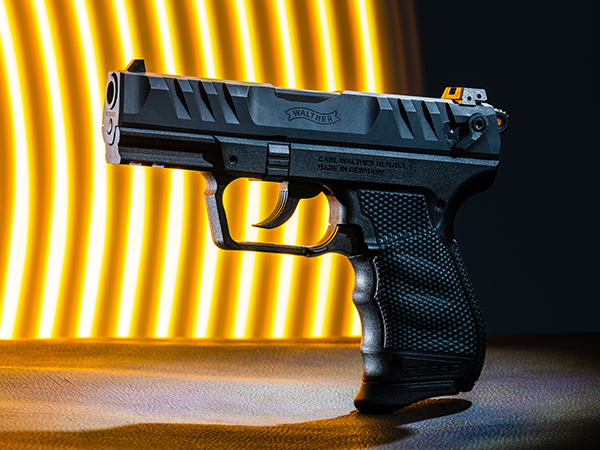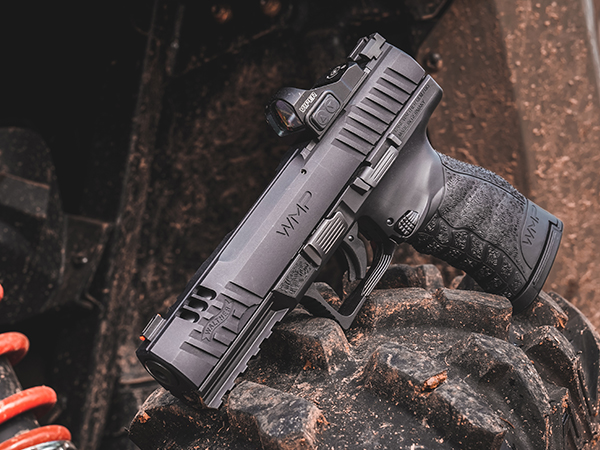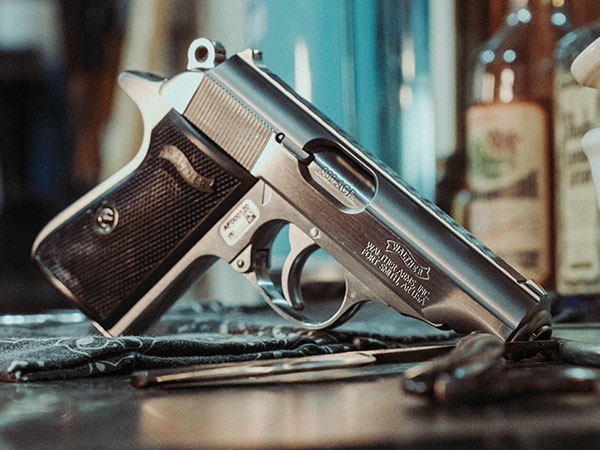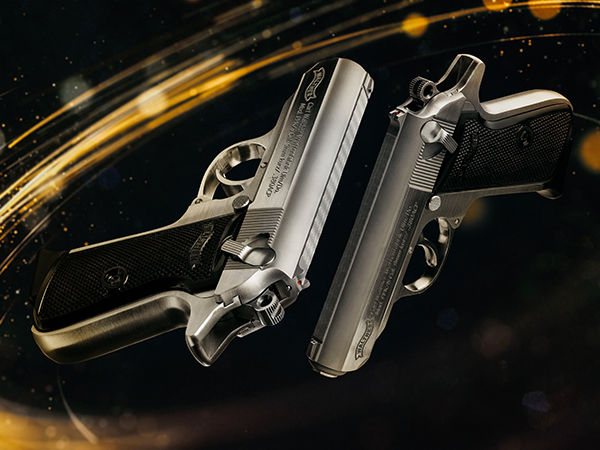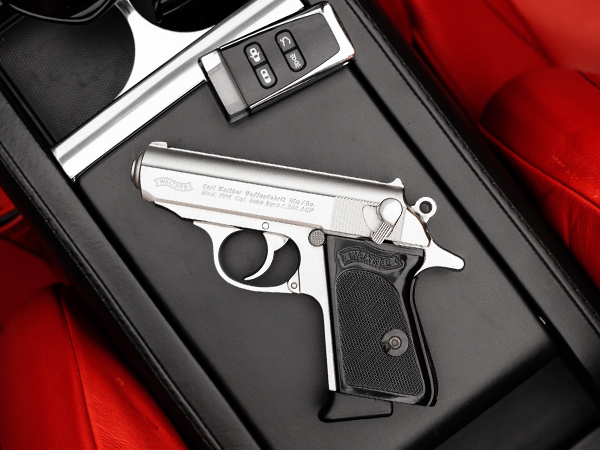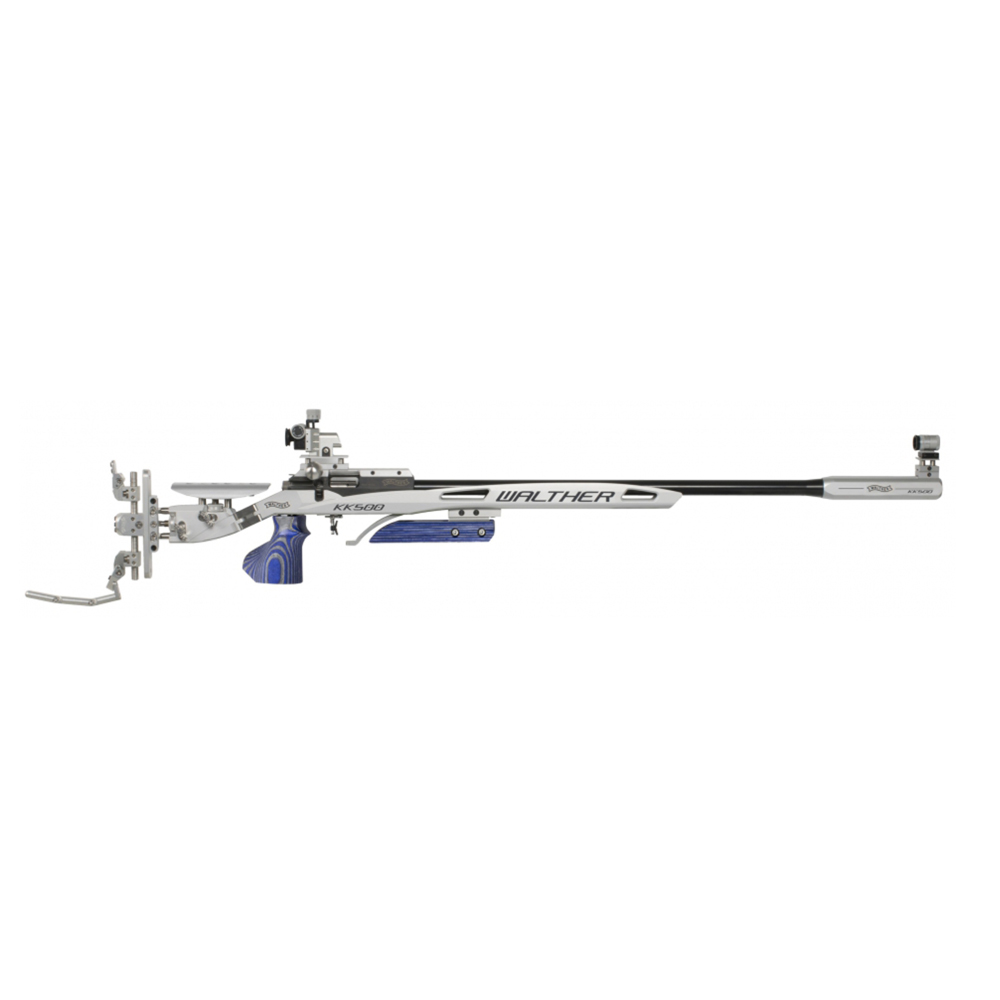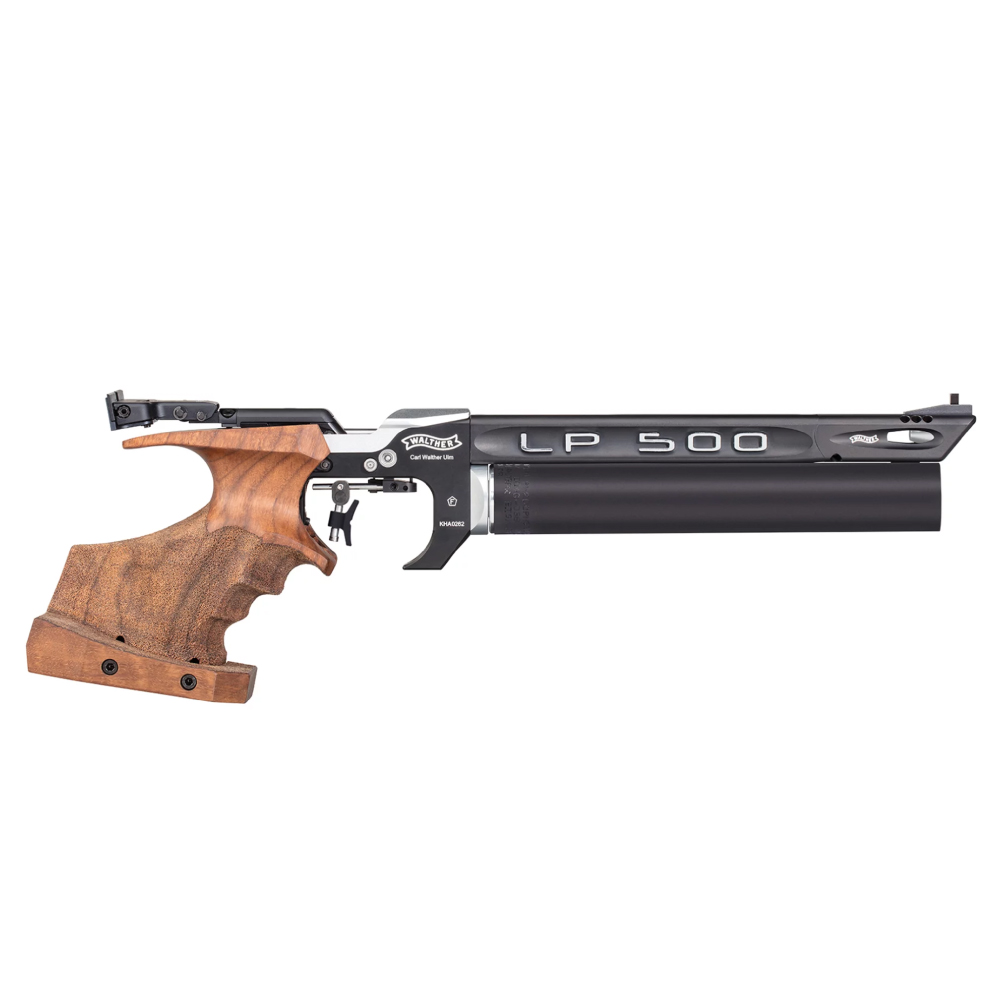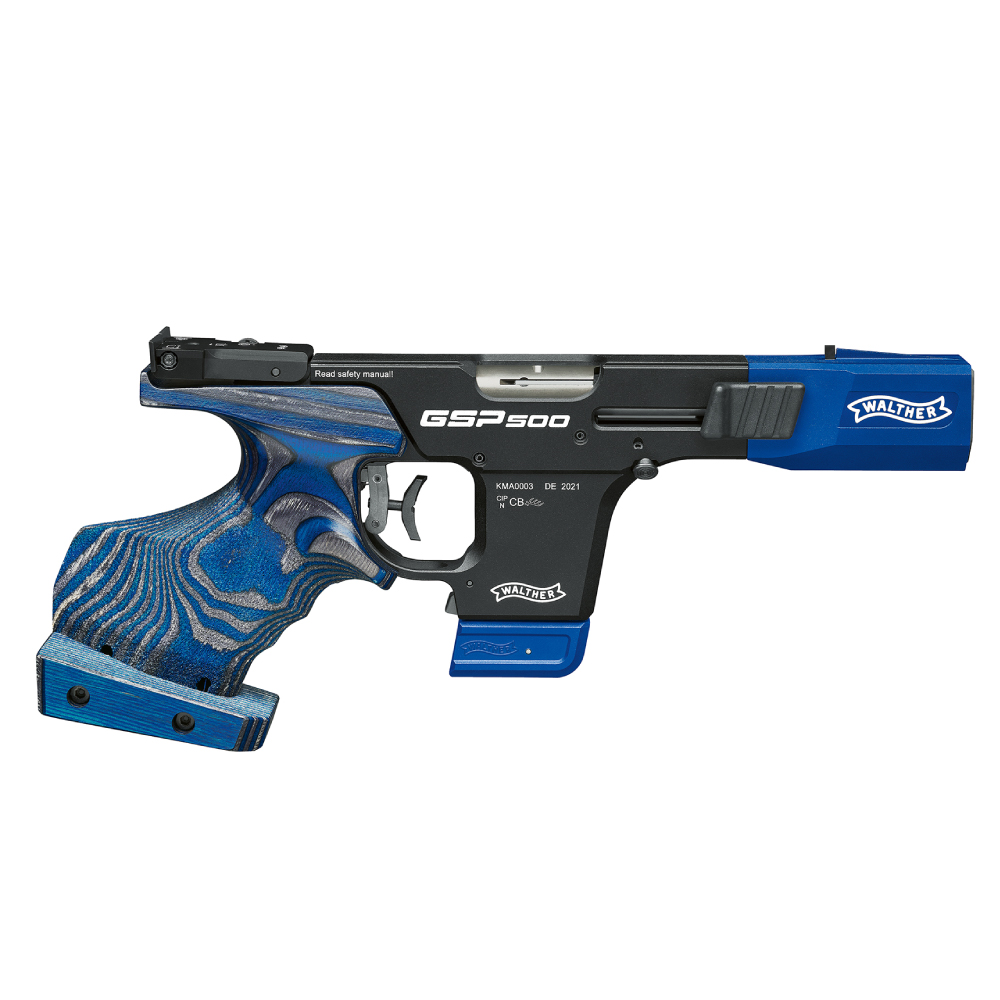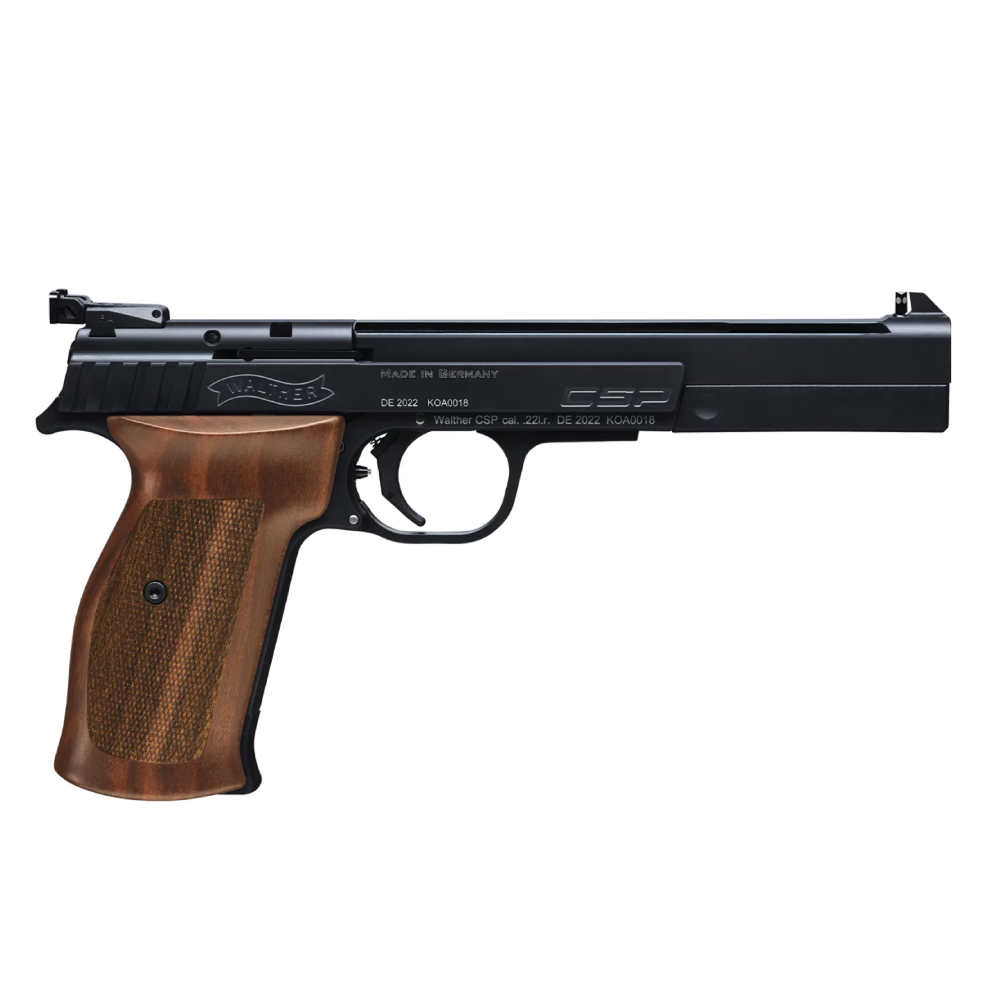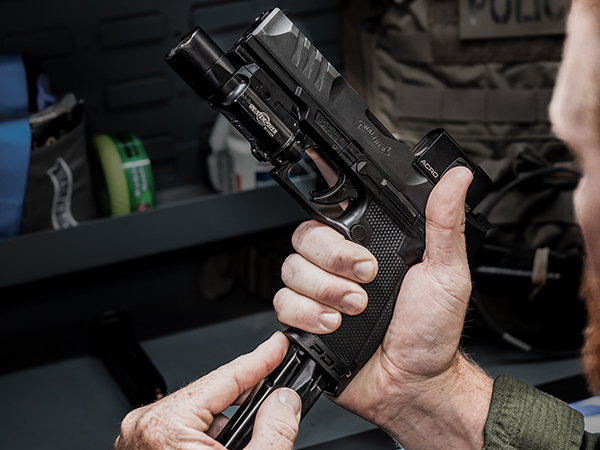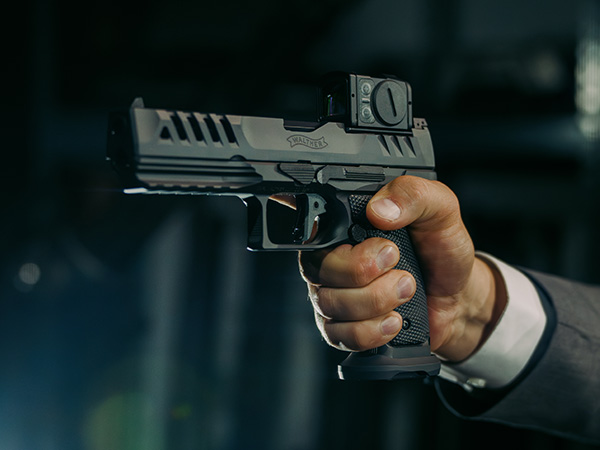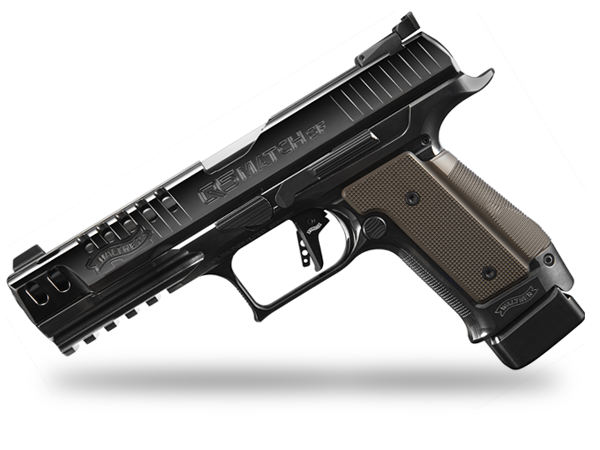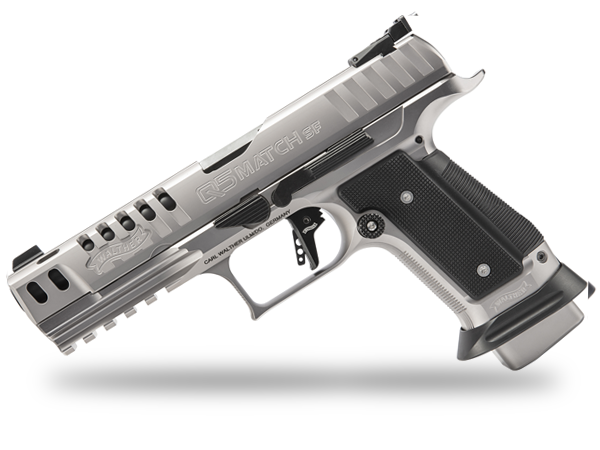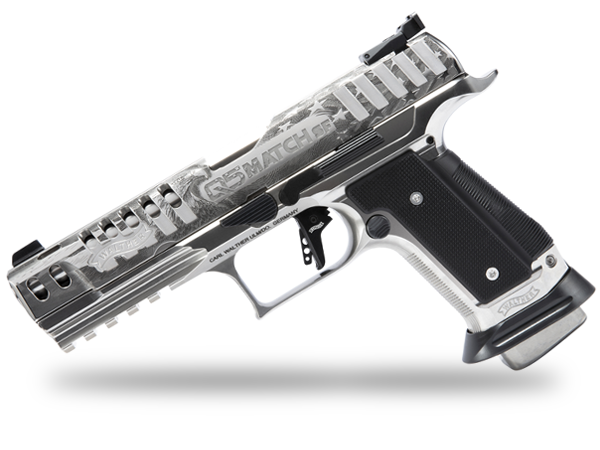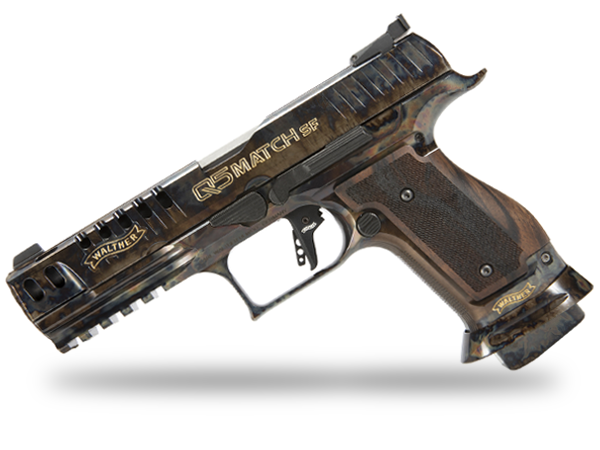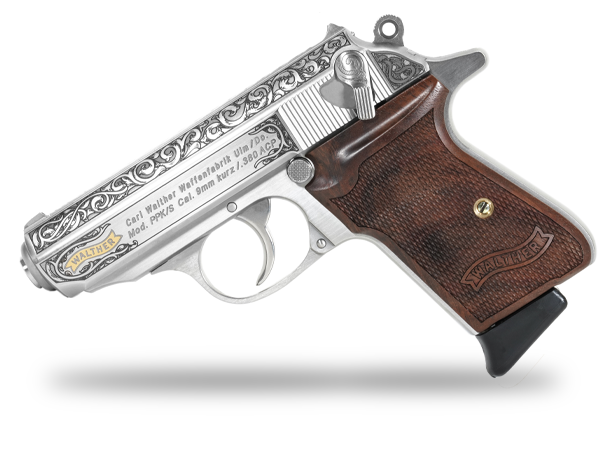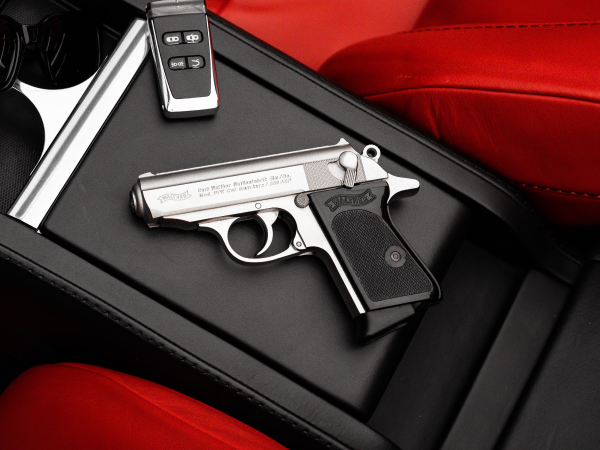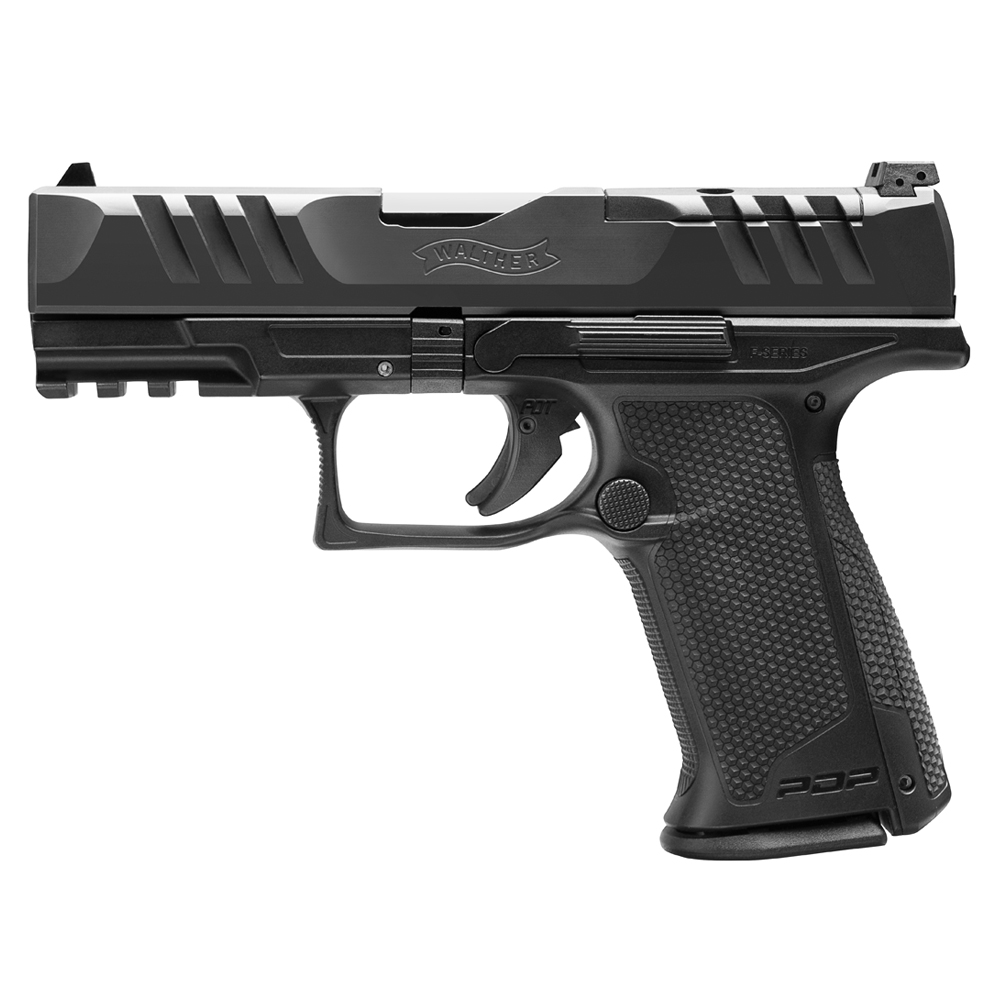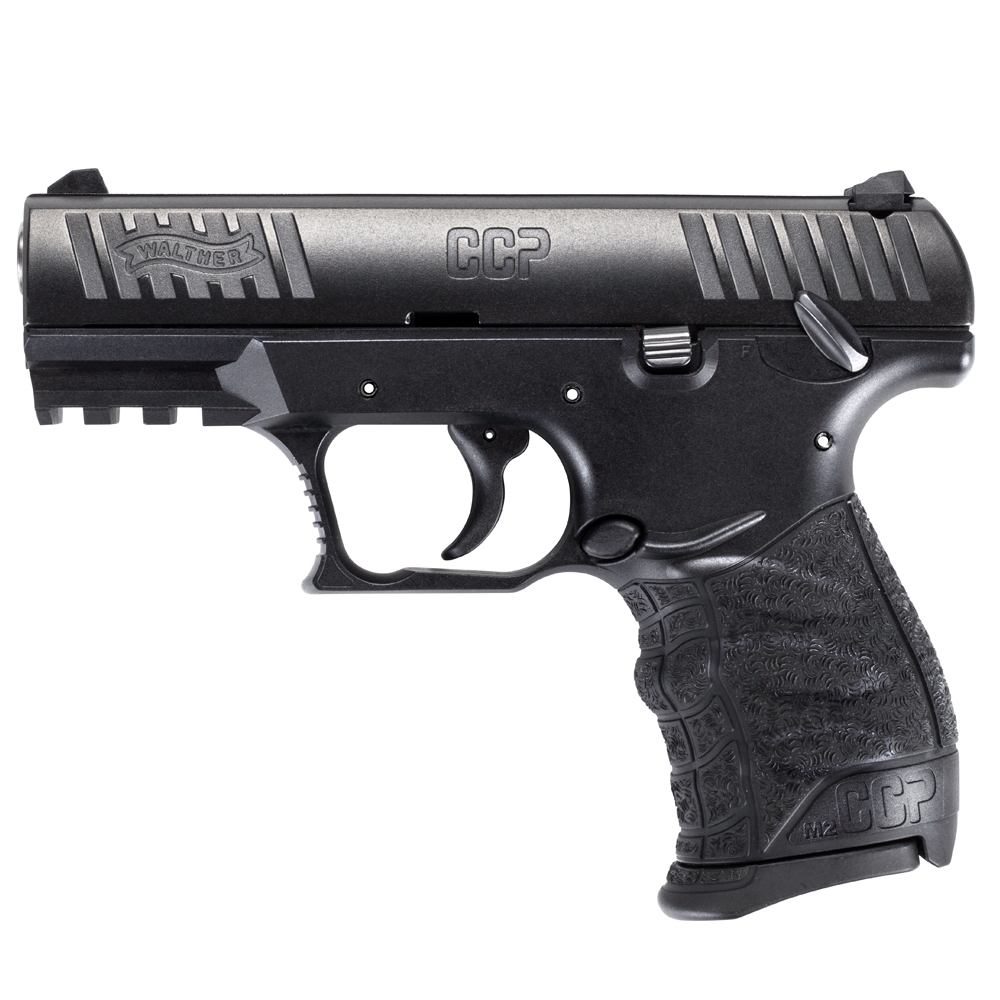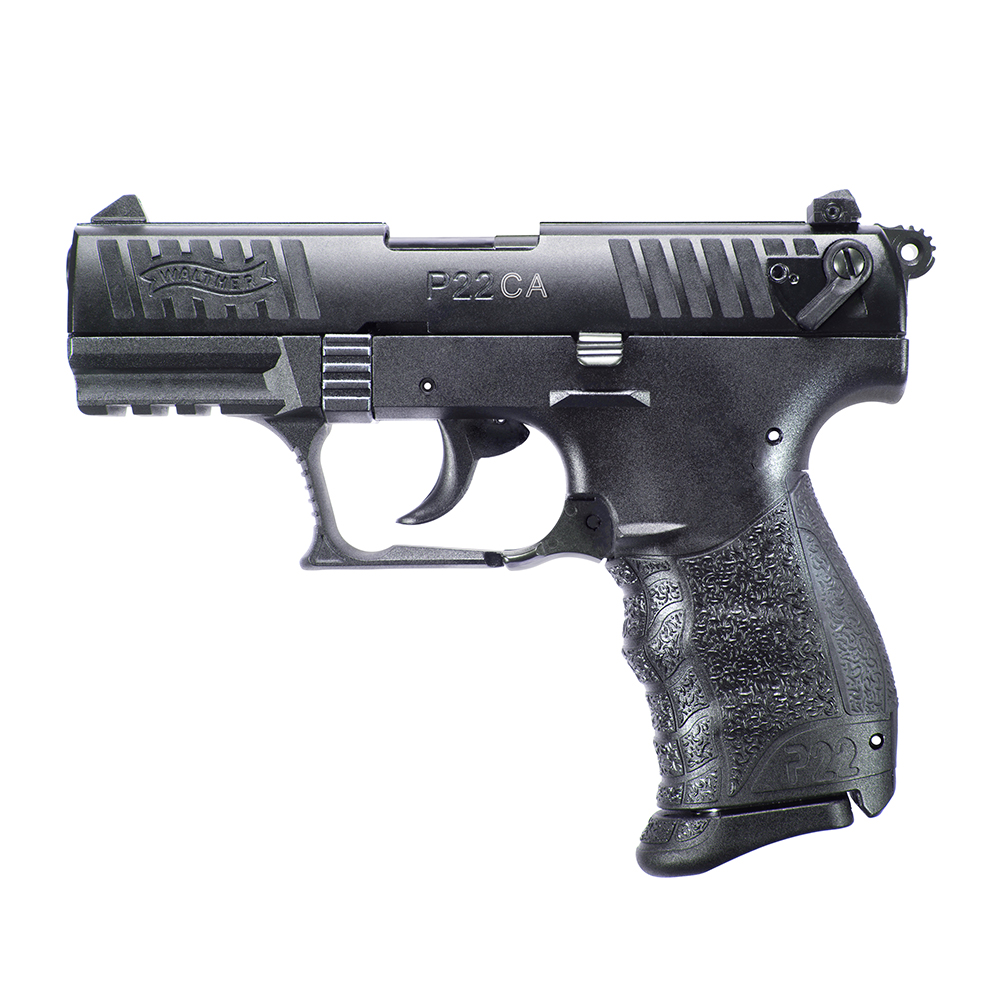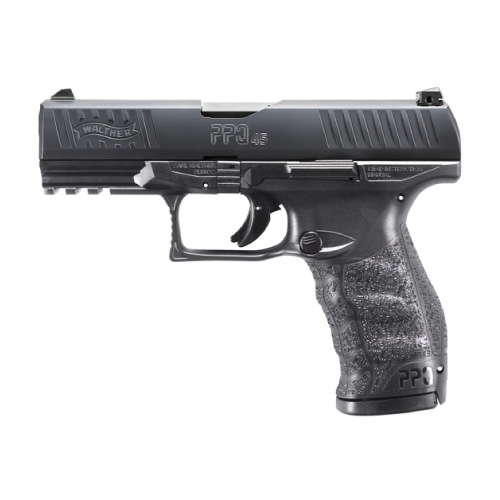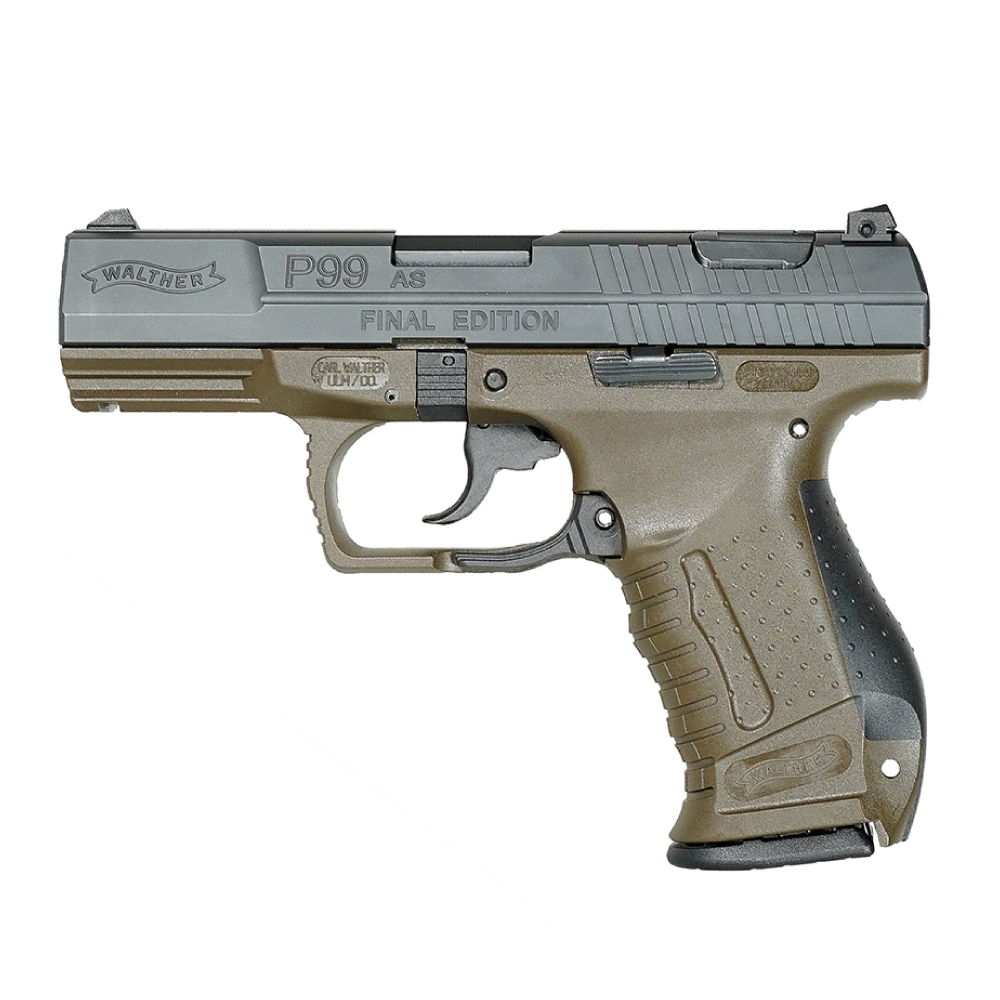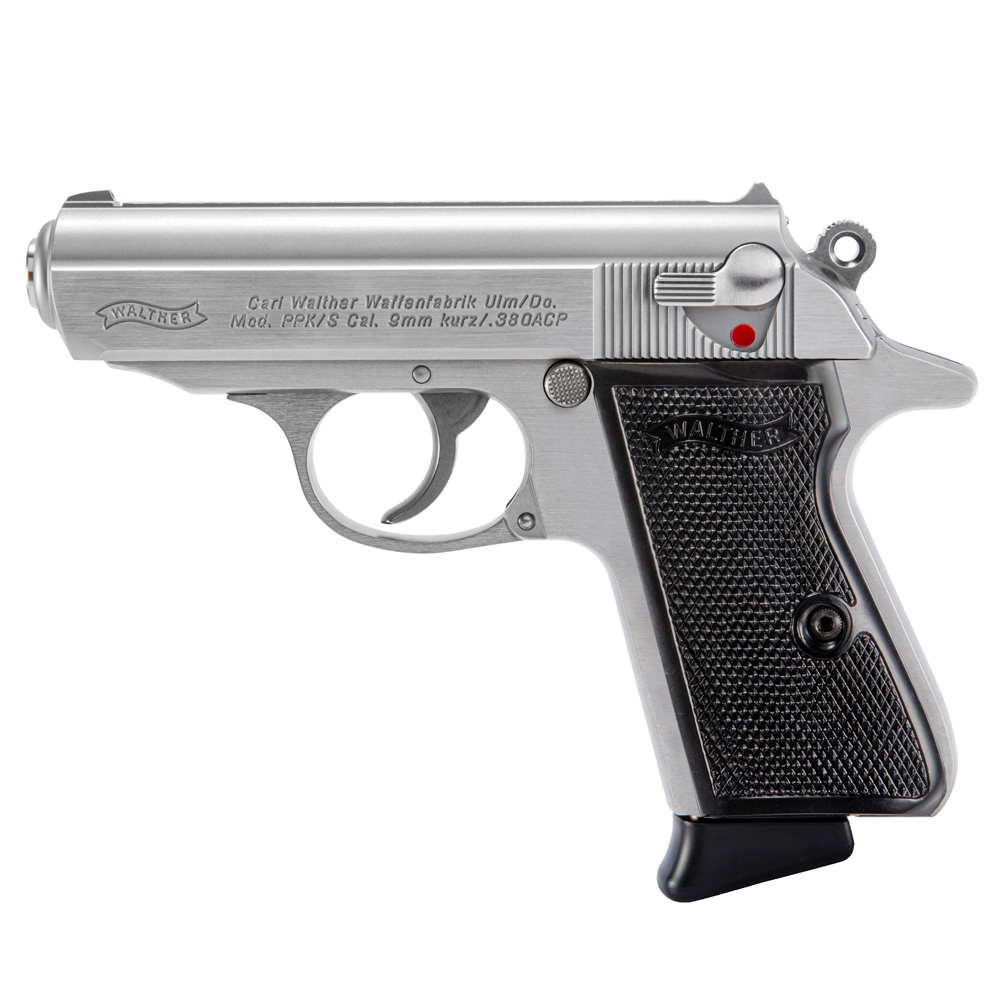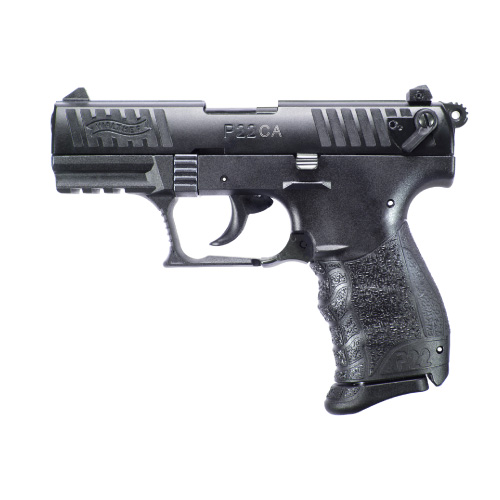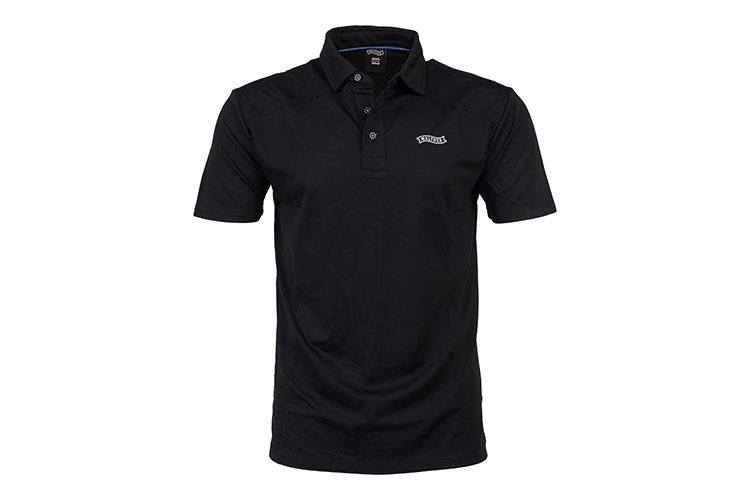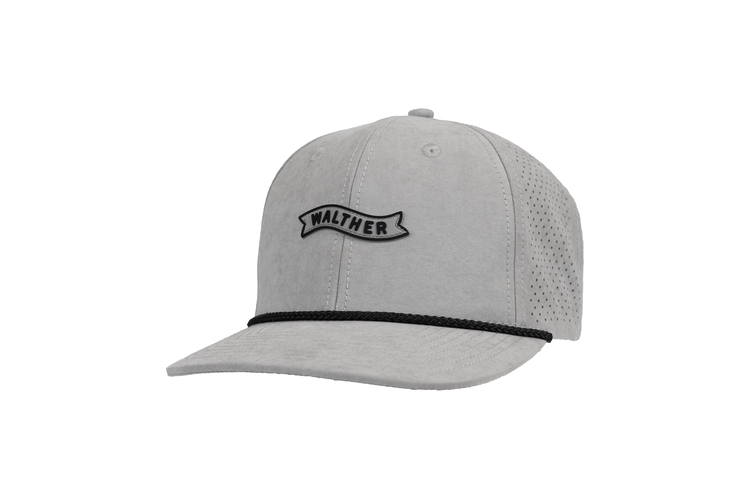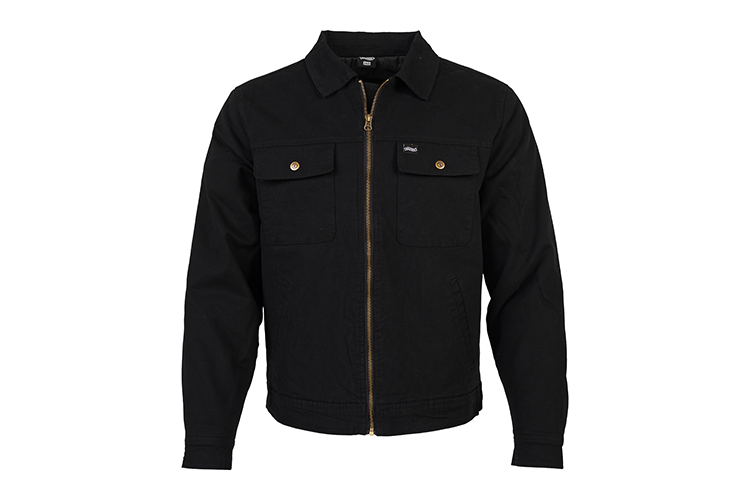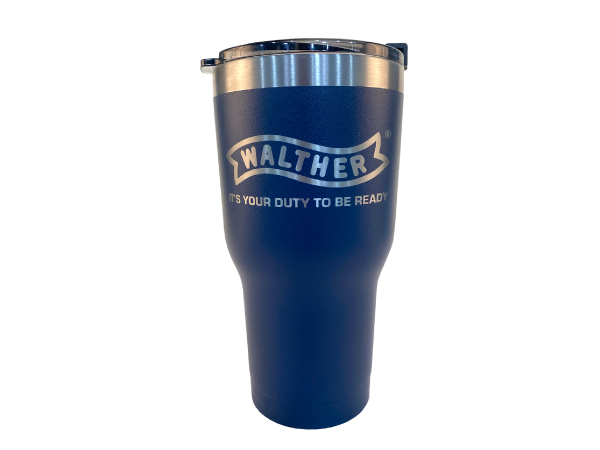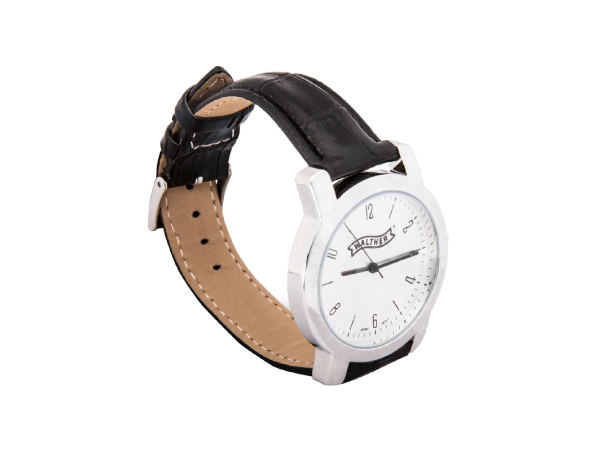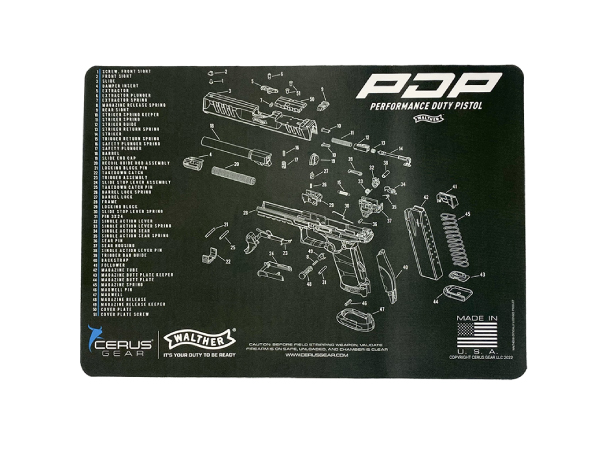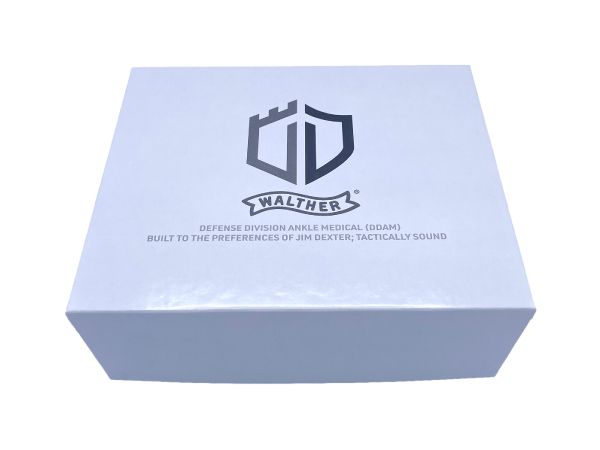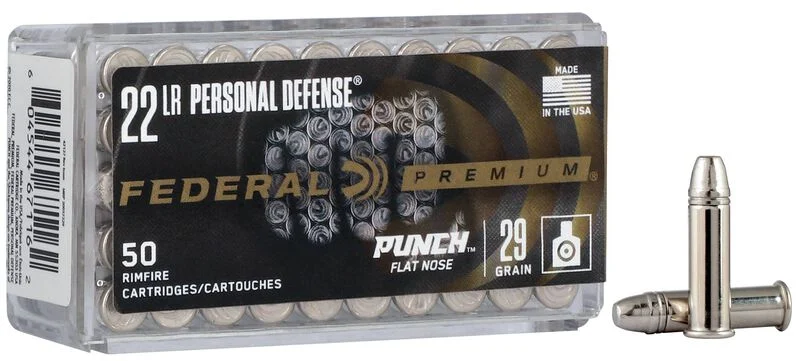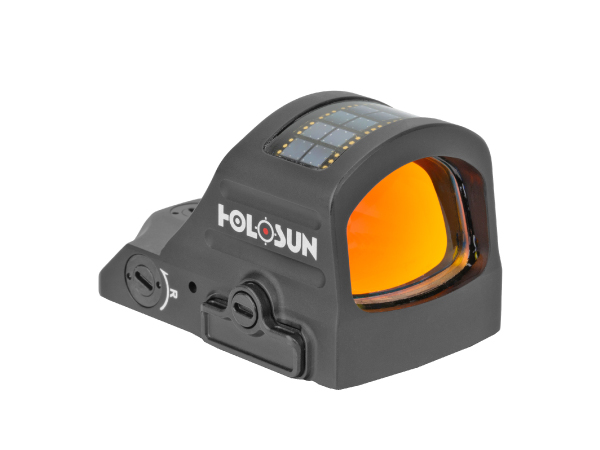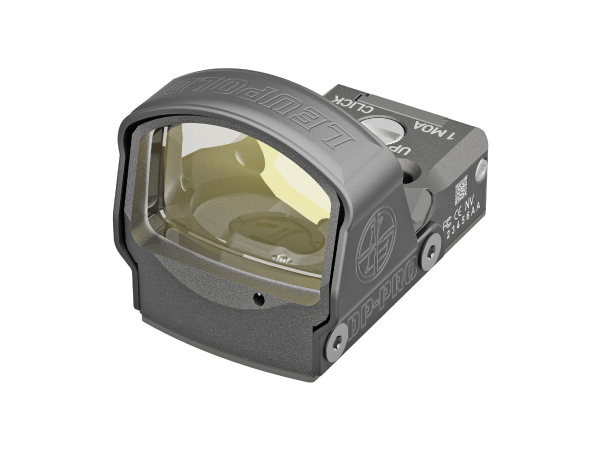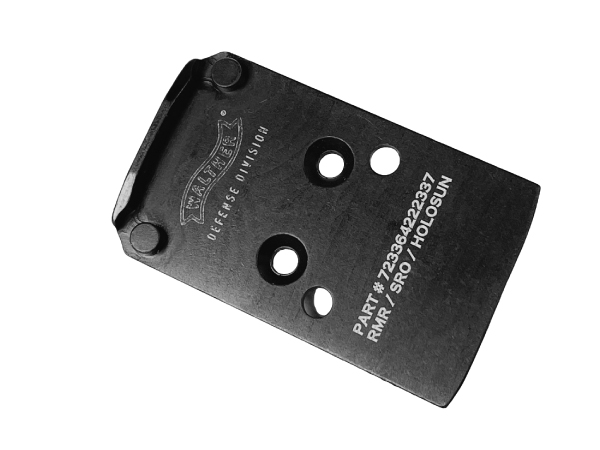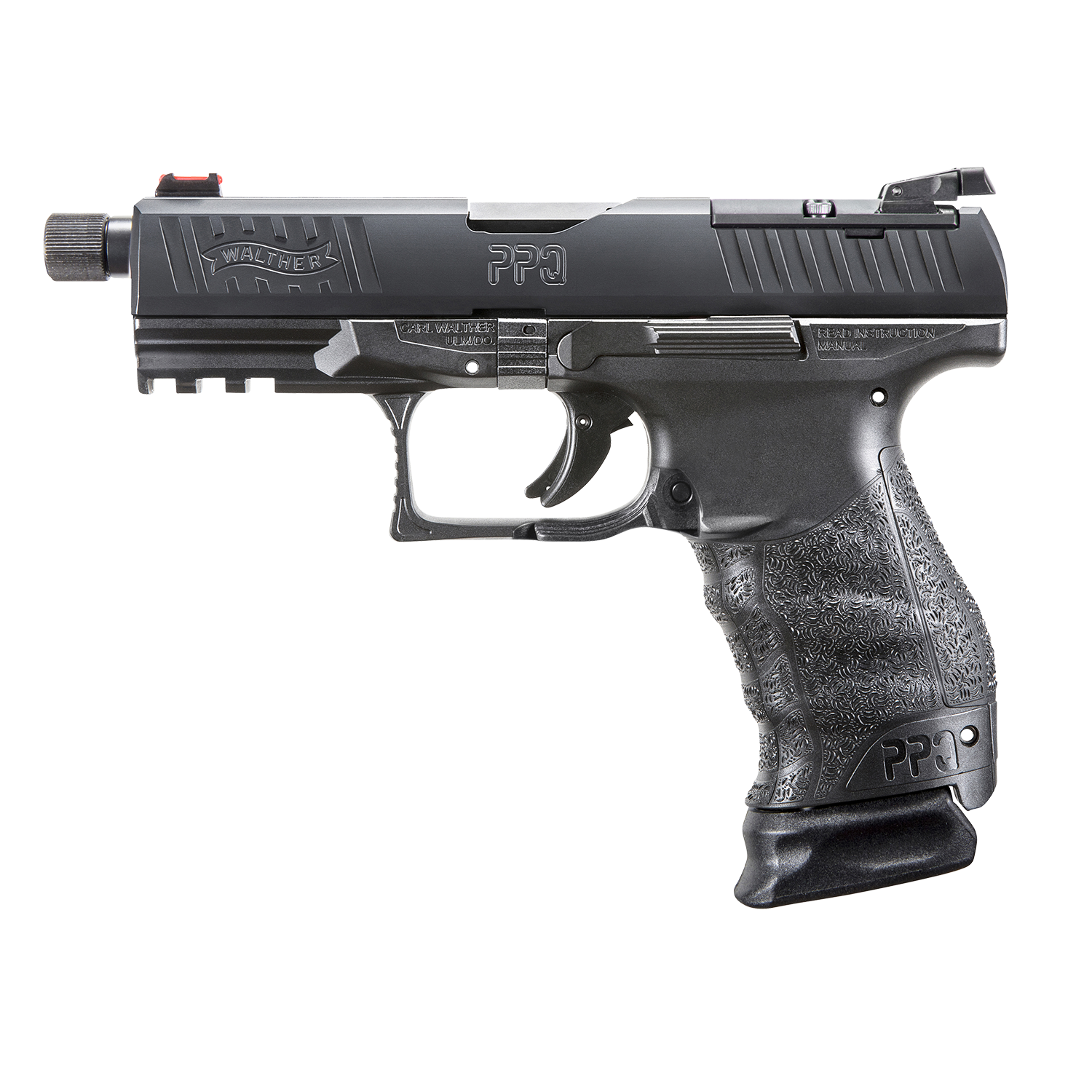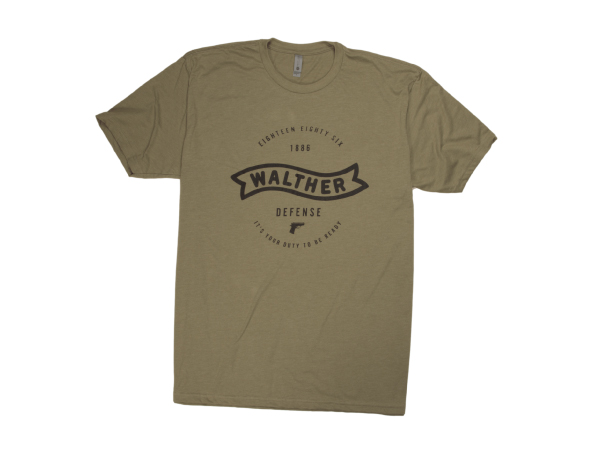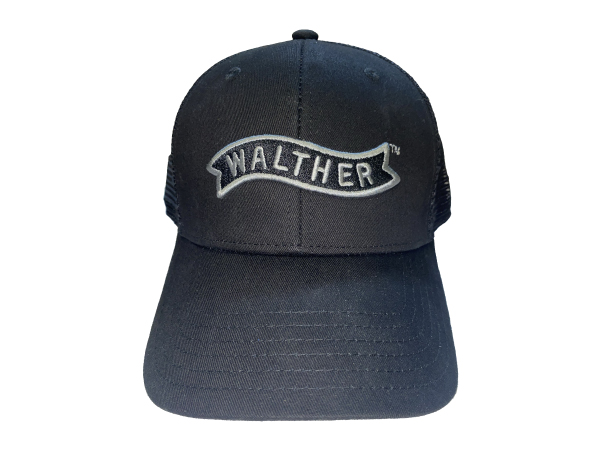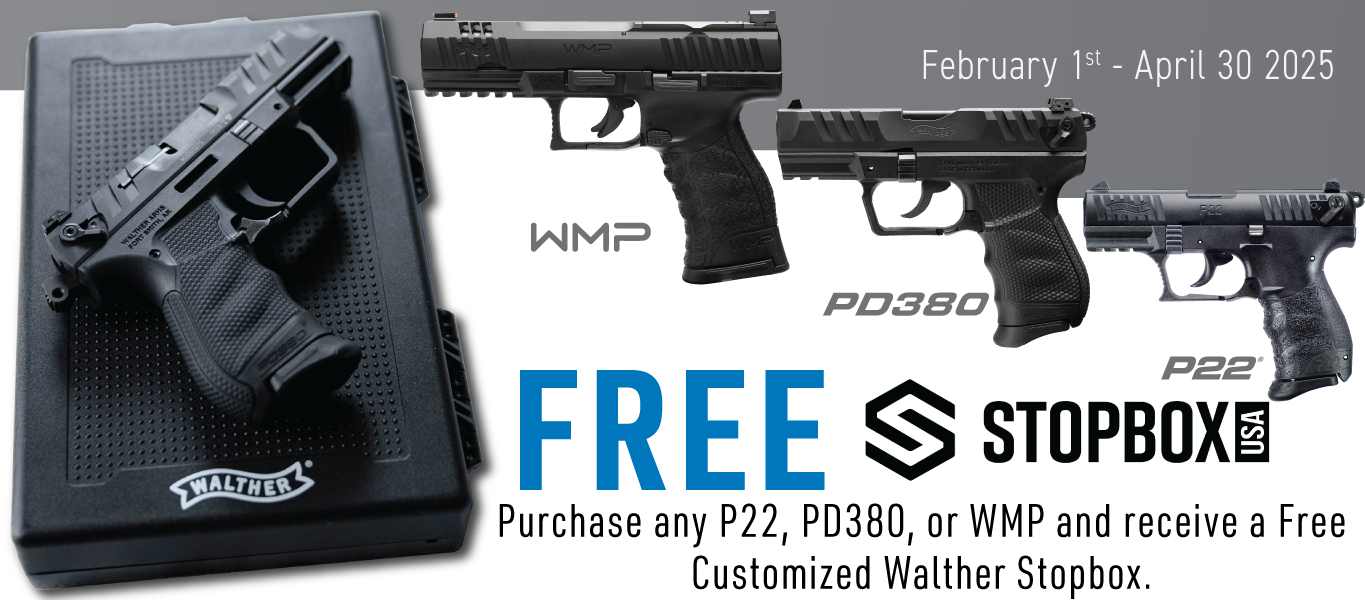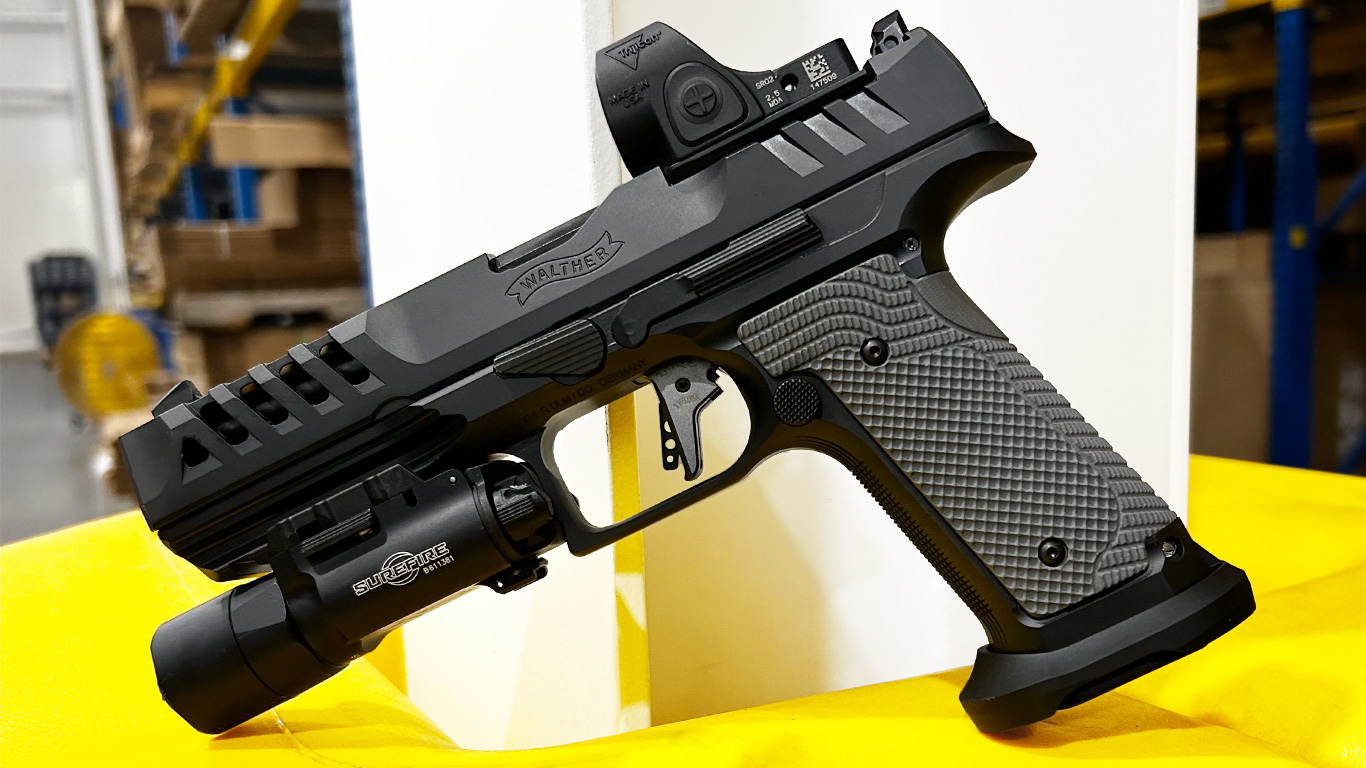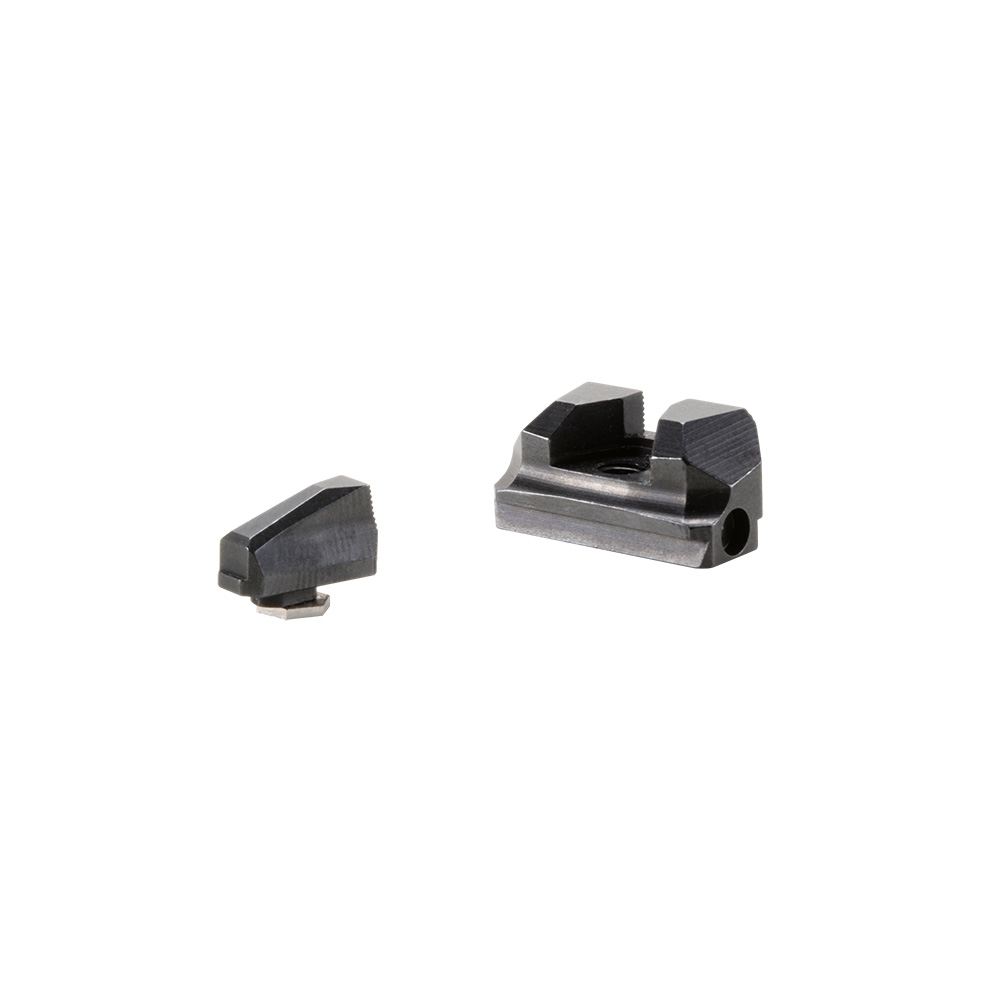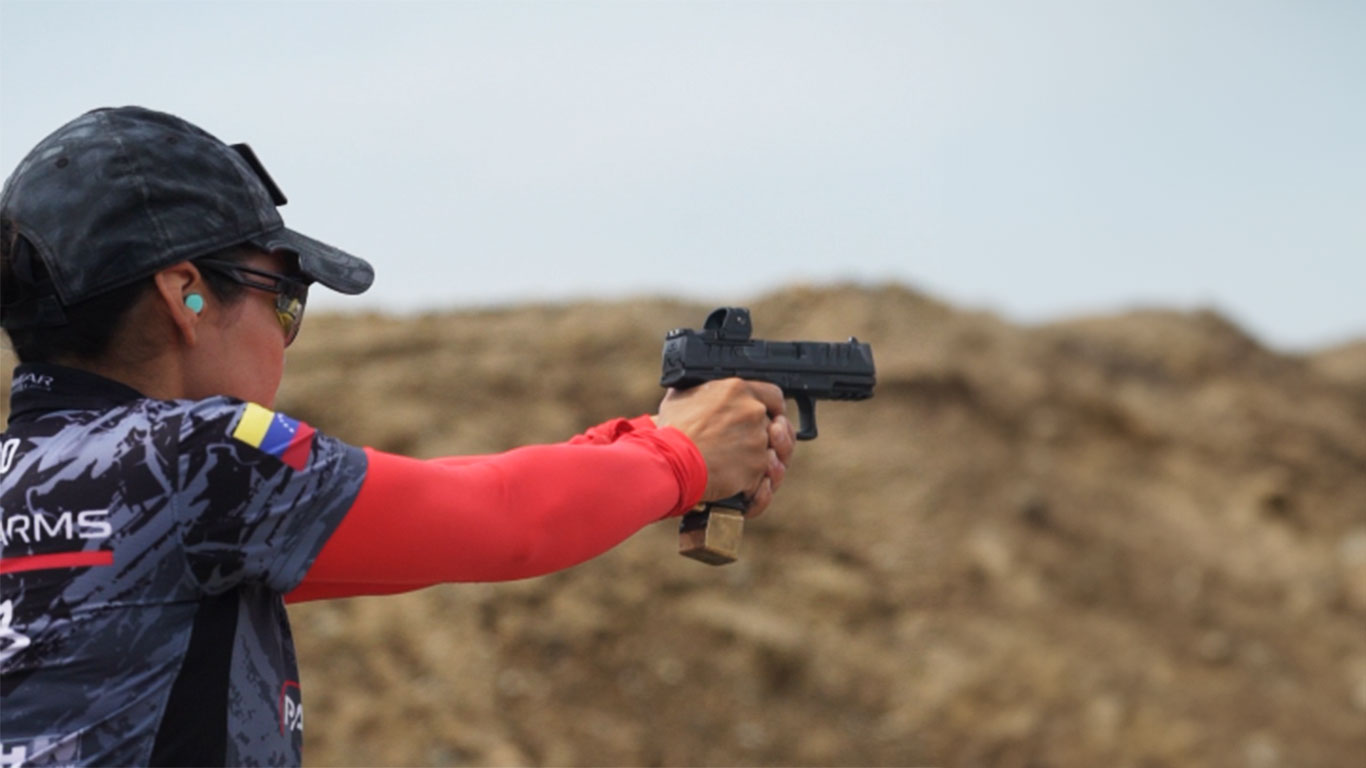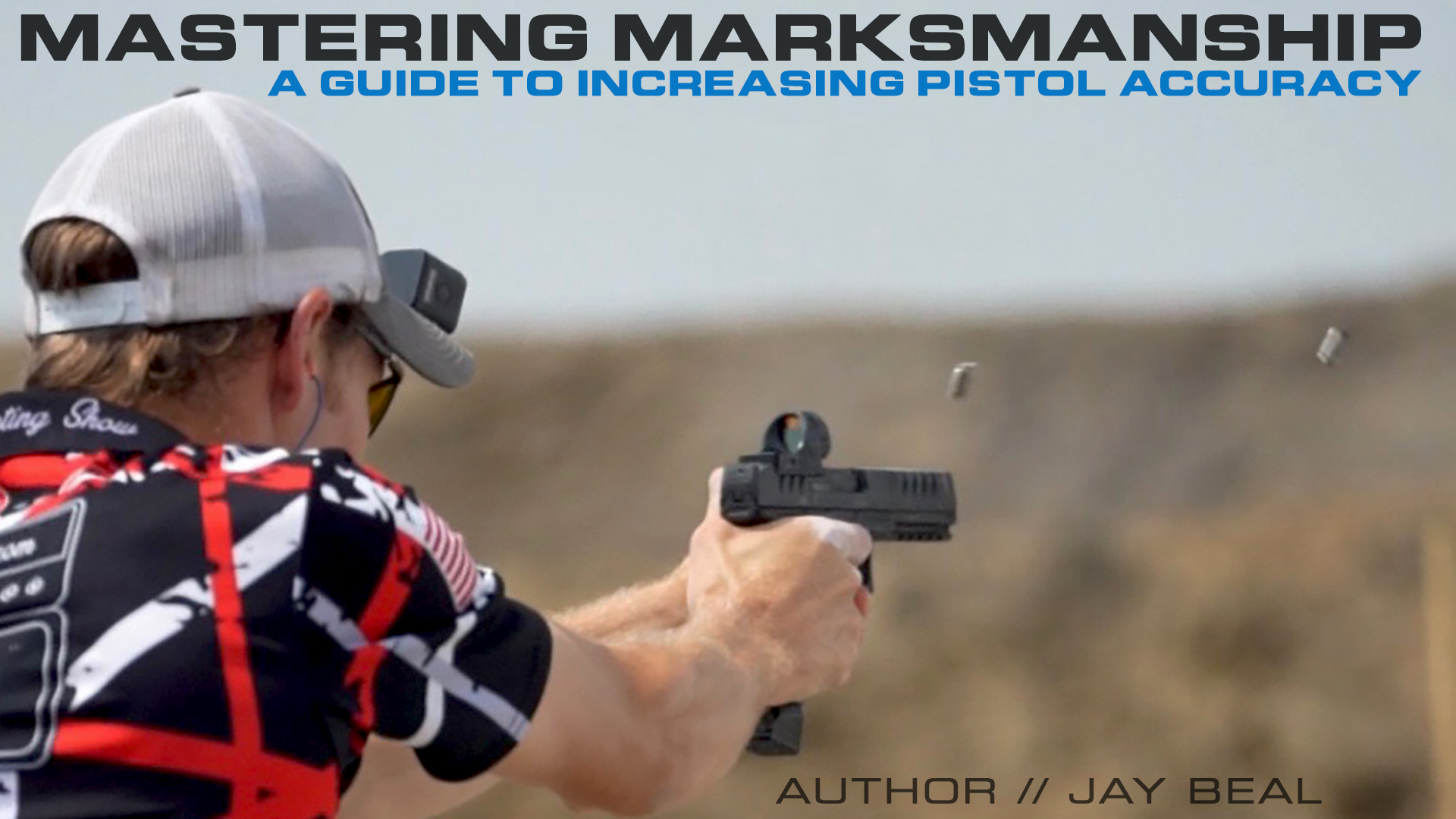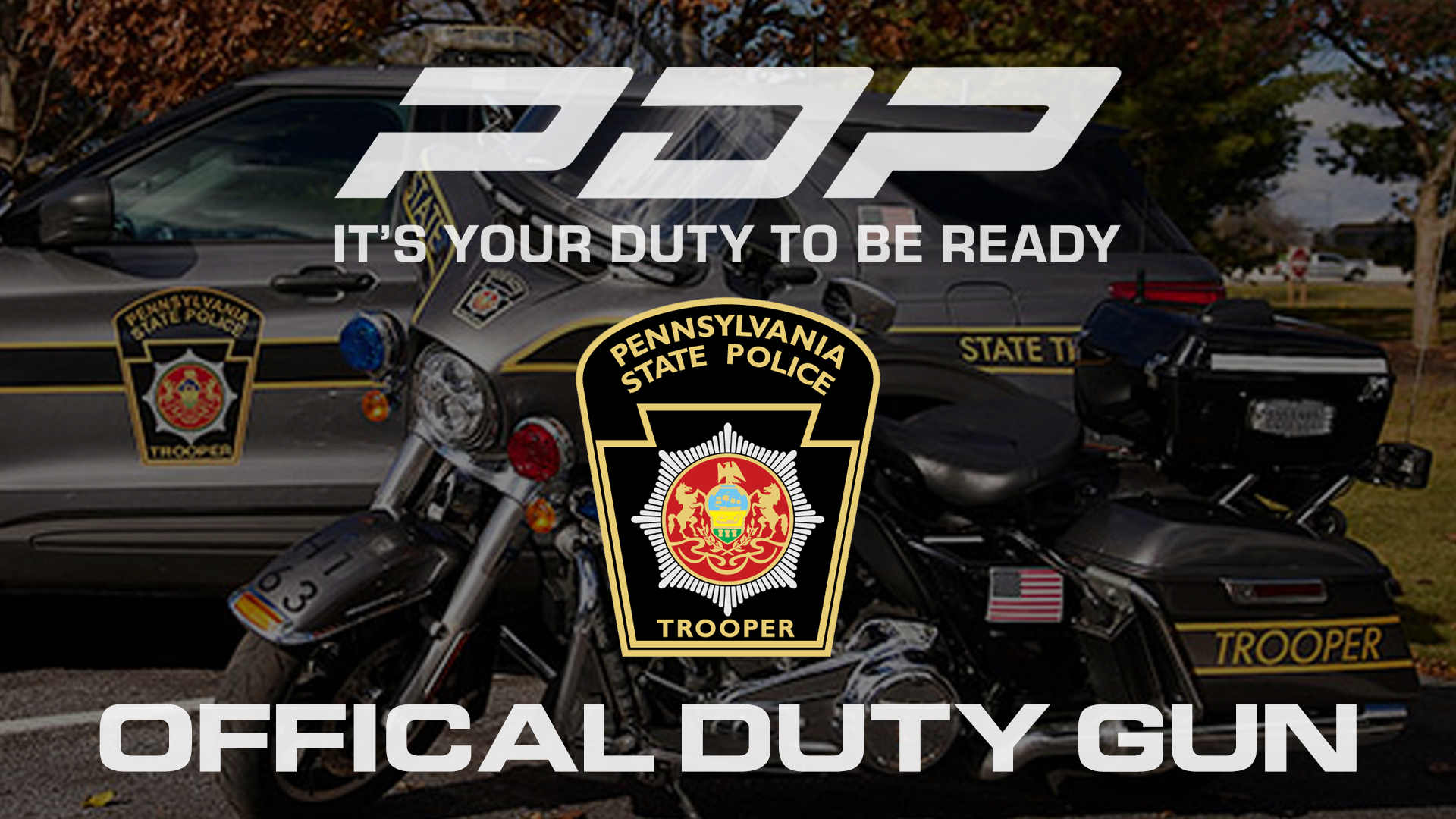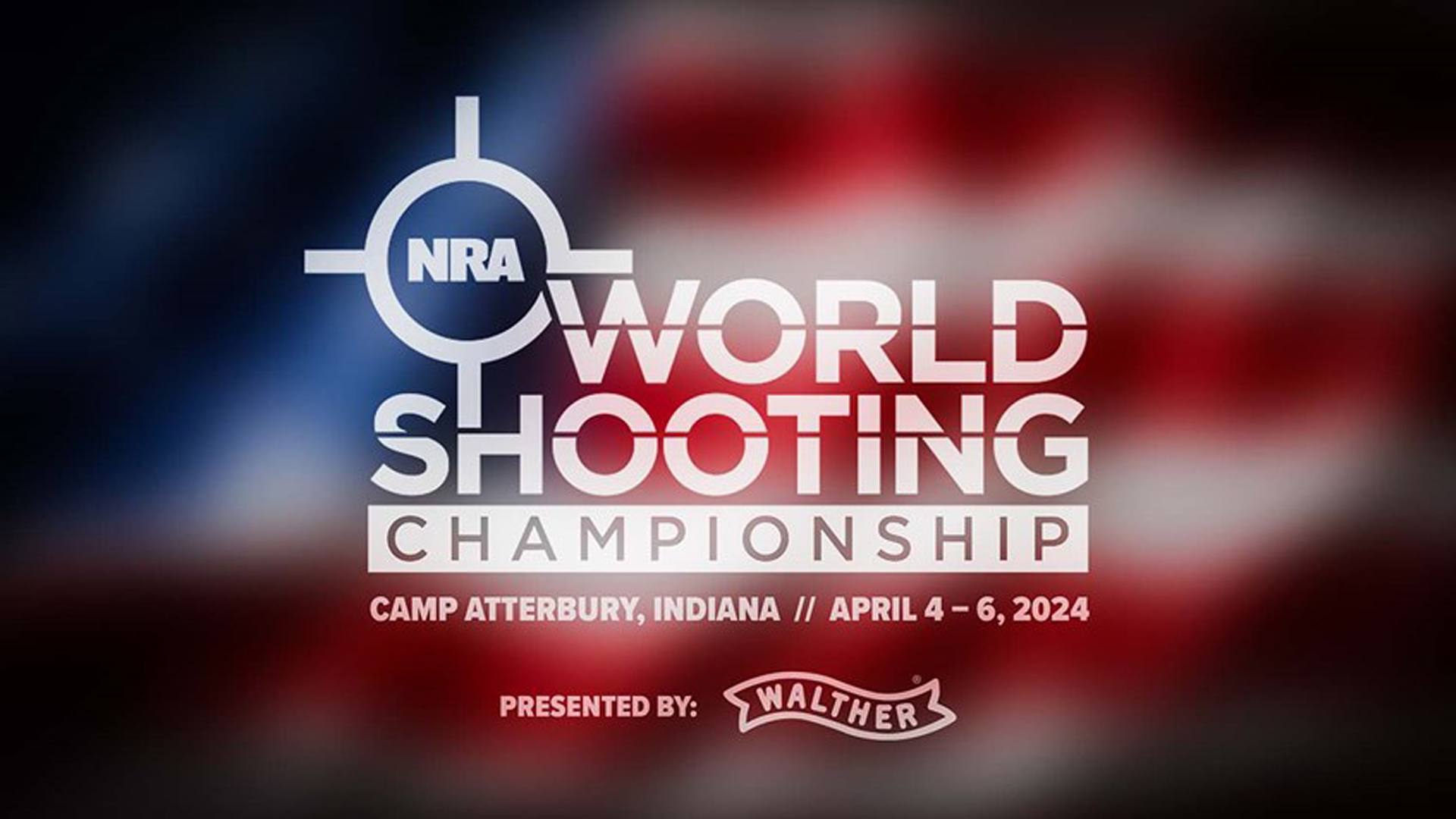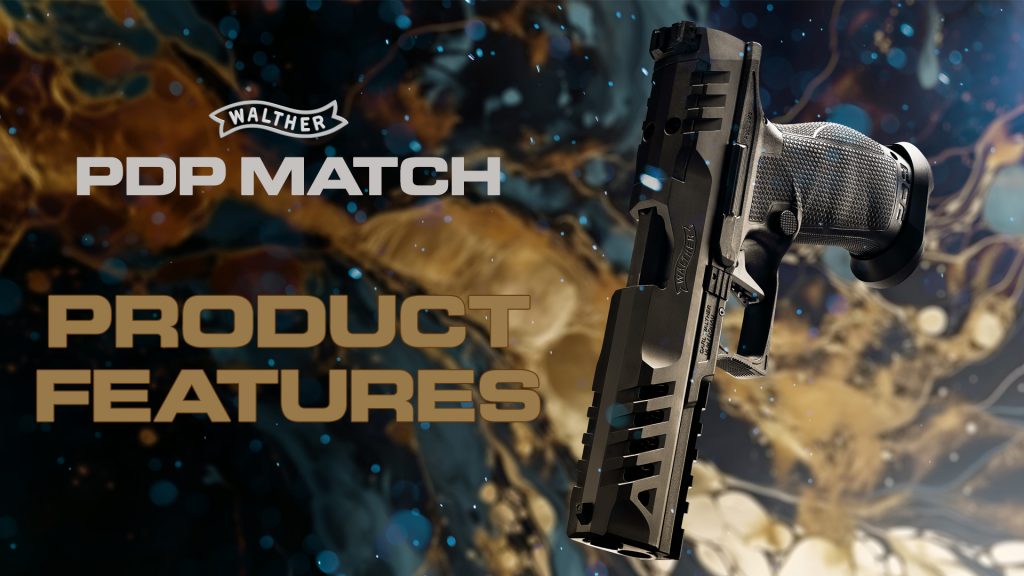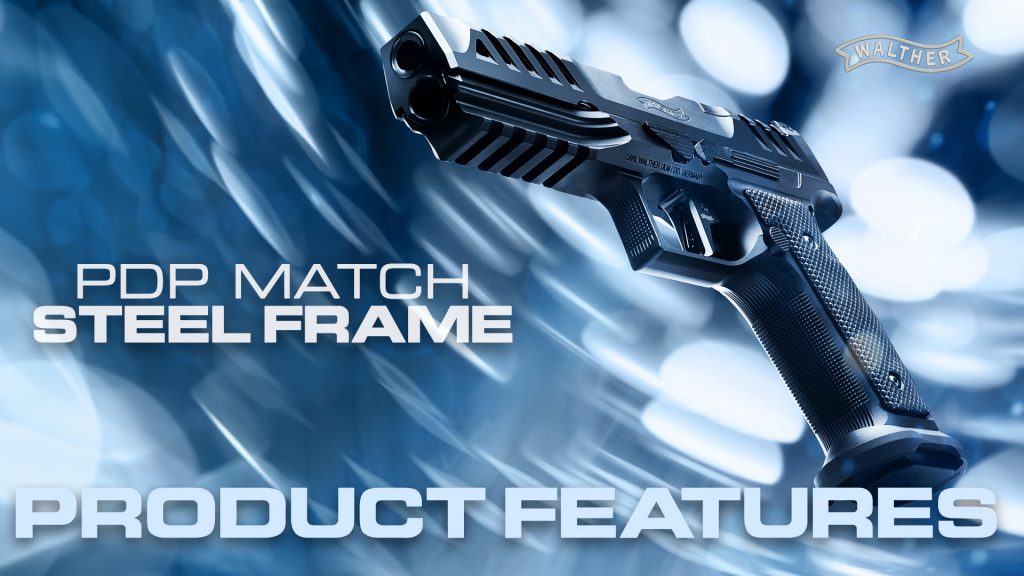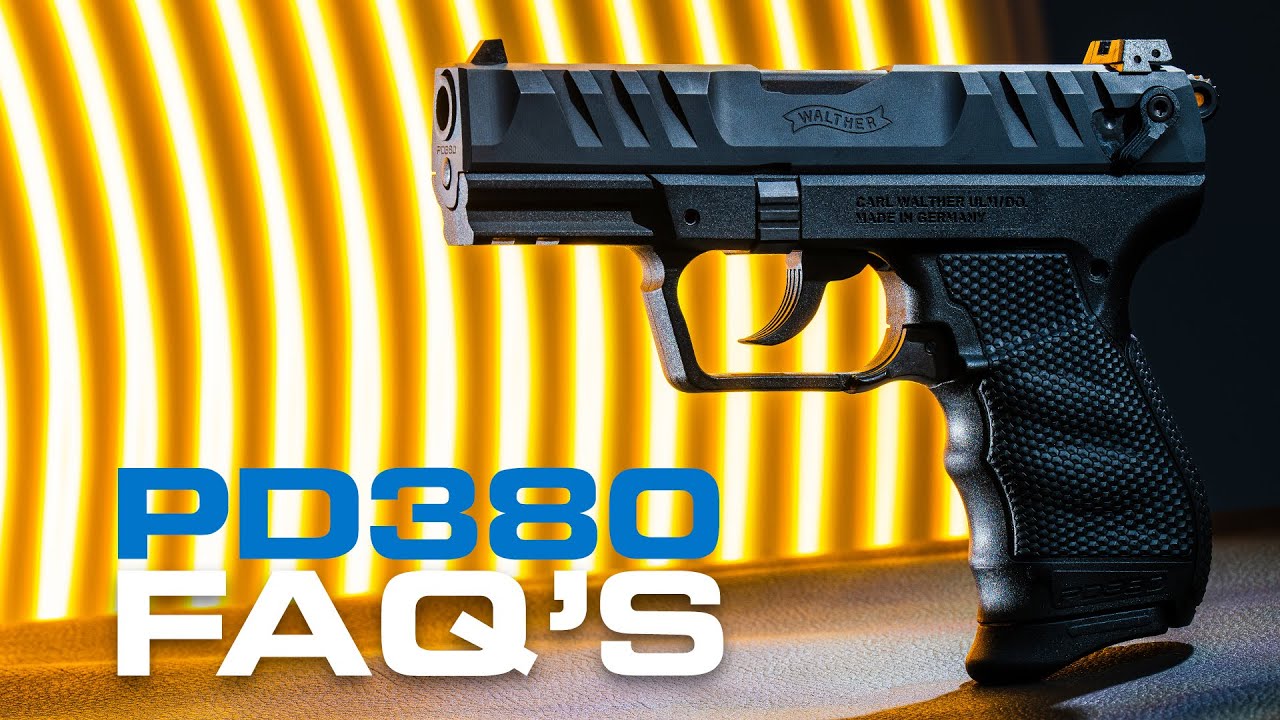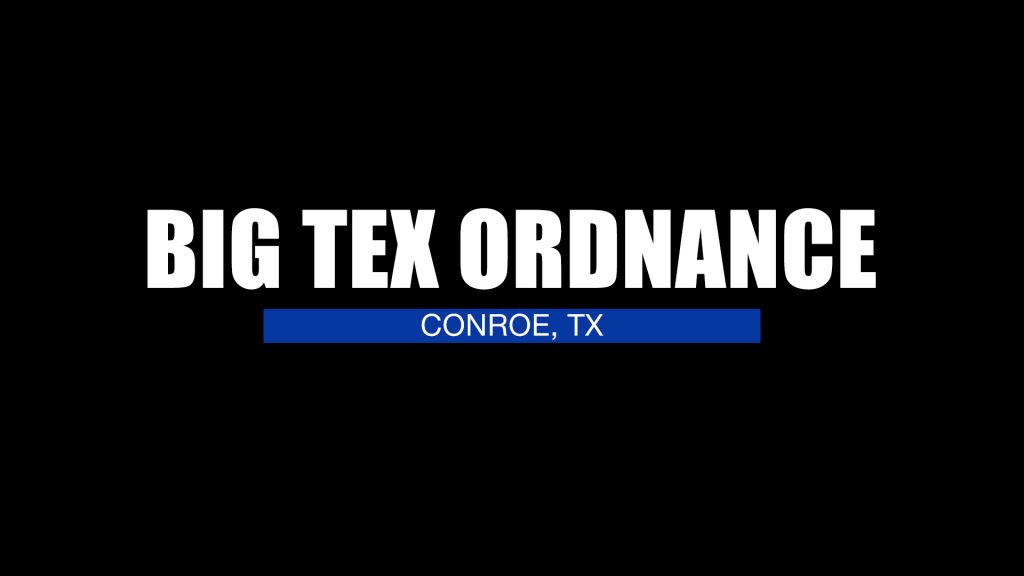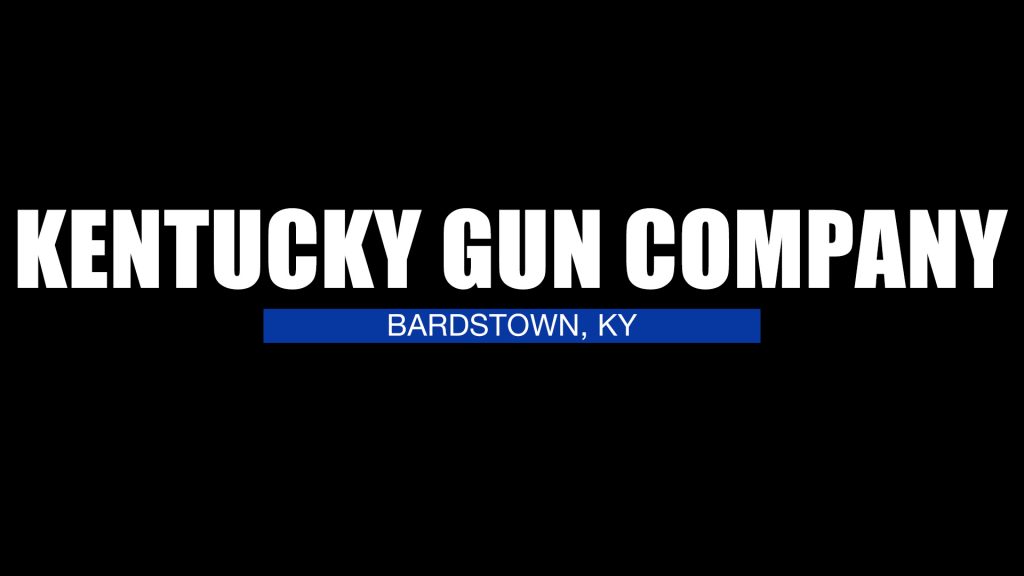Mastering Marksmanship: Tips and Tricks for Better Accuracy
By Jay Beal
Jay Beal, hailing from Maine, has made a name for himself in the competitive shooting world, particularly within the United States Practical Shooting Association (USPSA) and the International Practical Shooting Confederation (IPSC), boasting several top-10 finishes. A dedicated family man, Jay balances his passion for shooting with life at home with his wife and two children. He’s widely recognized for his expertise in dry-fire training, a discipline that has earned him considerable respect and recognition among peers. Jay also contributes his insights and experiences to the popular podcast “That Shooting Show” with Steve Anderson, where he shares tips, strategies, and stories from the competitive shooting circuit, further cementing his status as a thought leader and influencer in the sport.
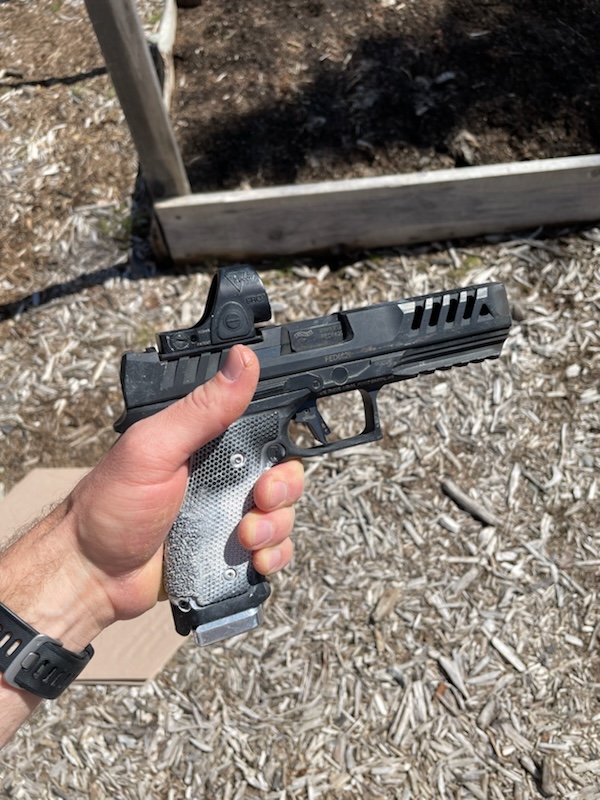
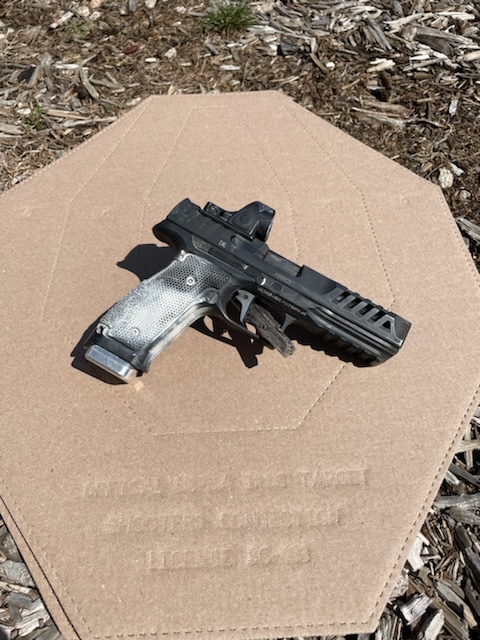
In the world of shooting sports, self-defense, or law enforcement, training a high level of pistol accuracy is a fundamental skill. Whether you’re entirely new or well experienced, improving accuracy is an ongoing process. Being accurate without a time limit is the first piece to develop. After that, testing that accuracy at speed has been where I’ve found the most growth. We will cover both of these elements in detail.
- Pulling the trigger without moving the sights: When the sights are aligned on target and we pull the trigger without interfering in that alignment we will always hit the target in the center… that sounds simple and truthfully it is, what tends to happen is a feeling of urgency to release the shot NOW. Which in turn introduces unnecessary movement in the sighting system. This is where I will start, in dry fire with an unloaded pistol, sights on target, pulling the trigger and observing what happens to the sights when the trigger breaks. After a few minutes you’ll get an idea of what it feels like to pull the trigger without interrupting the he alligned sights. That same drill can be tested in live fire, this time you have actual feedback on target, plus the understanding of what a “good” trigger pull feels like. Remember, There is no time limit here… yet.
- Grip & trigger control: I put the two together because these are the elements that will ultimately allow you to be fast and accurate. Grip is often over complicated, for me I’ve always wanted it to be simple… the firing hand fits as high as comfortably possible on the grip with the support hand filling in the empty space on the side of the frame. As far as answering the questing “how hard do I grip?” I grip hard enough so that the grip does not shift in my hands during live fire. An easy way to test this is to take a slow motion video from the support side! Using grip enhancer or improving the texture on the grip will make it easier to keep the grip from moving inside your hands during recoil. As for trigger control, we’ve already learned how to pull the trigger slowly without a time limit, now we can pull the trigger quickly with a time constraint. As for most skills, we can train them in dry fire and test them live. And that’s exactly what we will do with our grip and trigger control. I’ll start with my grip set, holding my sights on target and I will pull the trigger NOW! As you can imagine… this will most likely introduce an error of some kind, and that’s good, it means we can learn and make an adjustment in how we pull the trigger and hold the pistol. Most commonly we not only pull the trigger with our index finger but we will also tighten our other fingers at the same time, resulting in the sights dipping down. The goal in this exercise is to learn how to pull the trigger quickly without moving the sights. This is only achieved through repetition.Now it’s time to practice: improving any skill requires repeating it over and over, consistently.
Like all skills that we seek to improve, consistent practice over time is the most affective approach. Dry fire is going to make up the the bulk of our training because it doesn’t require a trip to the range and it’s free! Less than 5 minutes a day of working on these skills will improve accuracy and speed. Confirming or testing in live-fire that you are practicing the skills efficiently at home is also important. Some tools that improve training would be cardboard targets and a shot timer. A shot timer, either an app, or designated device, will help you measure improvement and increase the pressure you feel in training, in turn accelerating the learning process.
Its also a great idea to take a training class, regardless of your skill level, I will generally take a class of some kind every couple of years to get direct feedback on how to improve. It’s also a great way to accelerate your development as a new shooter.
To wrap things up, developing pistol accuracy is a continuous journey that requires dedication, practice, and attention to detail. By focusing on improving singular skills at a time and paying attention to one thing at a time, you can significantly improve your marksmanship skills. Remember, becoming a proficient pistol shooter takes time and effort, but the rewards—both in terms of skill development and confidence—are well worth it. Keep refining your technique, seek guidance when needed, and enjoy the process.
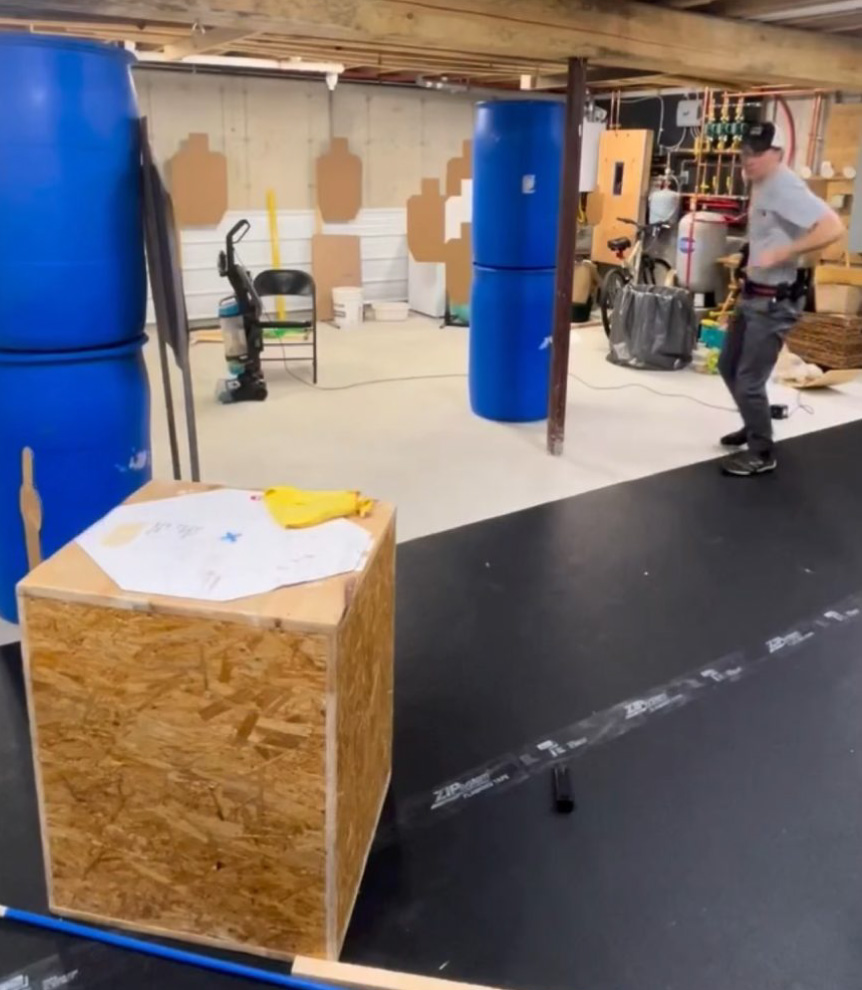
Backup Sights to get you on Target
FREE STOP BOX WITH PURCHASE OF A NEW WALTHER WMP, PD380, OR P22
**ENDED** FREE STOP BOX WITH PURCHASE OF A NEW WALTHER WMP, PD380, OR P22 Get piece of mind when you buy any of these new Walther handguns. The Stop Box is a great security tool to help you keep your pistol safely and securely out of reach yet quickly accessible only to you via the…
For a Limited Time, Get 3 x Free Magazines
**ENDED** For a Limited Time, Get 3 x Free Magazines when you Buy any New Walther PDP Base-Model This is a great opportunity to get an added value of ~$150 when you buy the Walther PDP that you were going to buy anyway! This promotions gives you Three-Times the incentive to “pull-the-trigger” on the purchase…
How to get into Competitive Shooting
I used to say, “I am a competitive shooter,” when people asked about my athletic background. This is a simple answer to a simple question, right? Well, I realized that my answer was too broad, considering the several disciplines in shooting sports. It is like someone who practices taekwondo saying they are a competitive martial artist when you ask them about their hobbies. I am sure you would like to know what martial arts they practice.
Now, when people inquire about my sport, I say that I am a pistol shooter focused on practical shooting competitions, AKA running and gunning. And, of course, you can picture a big smile on my face, specially when I say “running and gunning.” I have one as I write it down.
Best Compact 9mm Handguns
BEST COMPACT 9MM HANDGUNS OF 2024: By Pew Pew Tactical Other than “best caliber”, “Stopping-Power”, or “AK vs AR”, few topics in the gun community generate more venom between otherwise friendly folks than the “Best of” category. Never ones to shy away from stirring up the “$*!@“, Sean Curtis and Wyatt Sloan tackle the always…
Mastering Marksmanship: Increasing Pistol Accuracy
In the world of shooting sports, self-defense, or law enforcement, training a high level of pistol accuracy is a fundamental skill. Whether you’re entirely new or well experienced, improving accuracy is an ongoing process. Being accurate without a time limit is the first piece to develop. After that, testing that accuracy at speed has been where I’ve found the most growth. We will cover both of these elements in detail.
Pennsylvania State Police Select the Walther PDP
PENNSYLVANIA STATE POLICE SELECT THE WALTHER PDP Pennsylvania State Police Selects Walther PDP as Official Duty Handgun Walther Arms, Inc., in conjunction with their law enforcement and sales partners, Eagle Point Guns and Keystone Manufacturer’s Representatives, is proud to announce the Walther PDP as the official duty weapon of the Pennsylvania State Police. After rigorous…
NRA World Shooting Championship: Presented by Walther
NRA WORLD SHOOTING CHAMPIONSHIP: PRESENTED BY WALTHER Join Walther at Camp Atterbury in Indiana this April 4-6, 2024 as we present the return of the NRA World Shooting Championship! At this competition, you will have the opportunity to compete in multiple types of major firearms shooting sports including pistol, rifle, shotgun as well as combined firearm…
Walther PDP Match (Polymer): Product Features
WALTHER PDP MATCH (POLYMER FRAME): PRODUCT FEATURES This article covers the main product features of the new Walther PDP Match (Polymer Frame). BEHOLD THE POWER OF THE PDP MATCH. The PDP Match is the epitome of pure performance engineered to dominate. Crafted with an unwavering focus on function, this 9mm powerhouse stands as a testament…
Walther PDP Match Steel Frame: Product Features
WALTHER PDP MATCH STEEL FRAME: PRODUCT FEATURES This article covers the main product features of the new Walther PDP Match Steel Frame. THE UNHOLY UNION OF RACE GUN AND DUTY GUN. The substantial weight of the steel frame is a game-changer, significantly taming recoil and delivering a level of smoothness in every shot that’s second…
WALTHER PD380: TRAINING BASICS AND TIPS
WALTHER PD380 TRAINING BASICS AND TIPS FEATURES AND OPERATION (FAQ) FREQUENTLY ASKED QUESTIONS This video series covers a myriad of topics for your viewing pleasure. Everything from “Firearms Safety” to the basics necessary for safe and efficient handling and operation of your handgun. This specific series is centered around the New Walther PD380. These videos…
BEYOND THE COUNTER: BIG TEX ORDNANCE
BEYOND THE COUNTER: BIG TEX ORDNANCE – Presented by Walther Get to know some of the Country’s best firearms retailers as well as the kind, intelligent, and funny human beings who work Beyond the Counter in this new video series Presented by Walther In the hustle and bustle of our daily lives, we often overlook…
BEYOND THE COUNTER: KENTUCKY GUN COMPANY
BEYOND THE COUNTER: KENTUCKY GUN COMPANY – Presented by Walther Get to know some of the Country’s best firearms retailers as well as the kind, intelligent, and funny human beings who work Beyond the Counter in this new video series Presented by Walther In the hustle and bustle of our daily lives, we often overlook…




